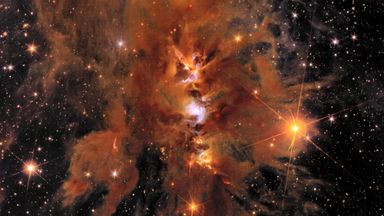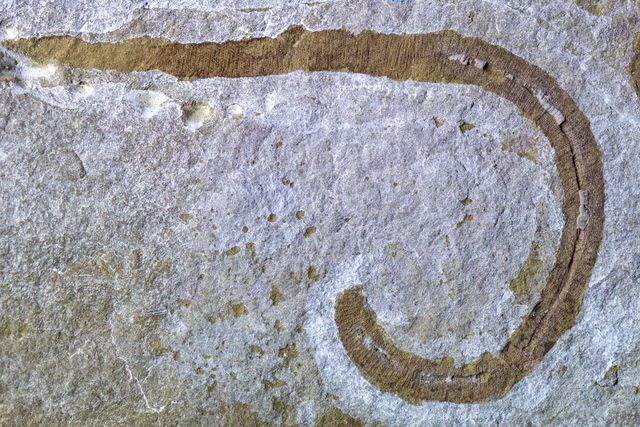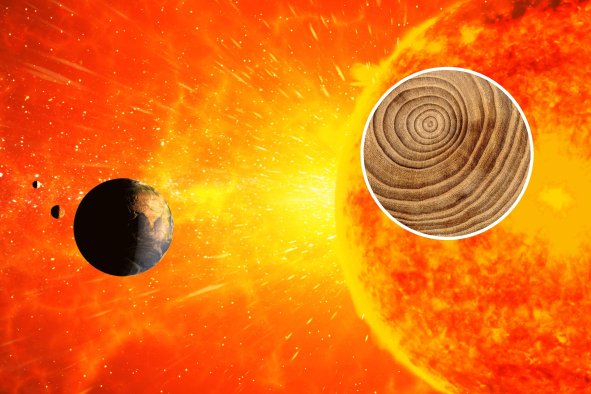Scientists have discovered a new planet which they say could "potentially support human life."
Gliese 12 b is a rocky planet just 40 light-years away from our own. It orbits around a star called Gliese 12, a cool red dwarf in the constellation Pisces. This star is only 27 percent of the size of our sun, with about 60 percent of its surface temperature. But it's this lower temperature that makes Gliese 12 b theoretically habitable for humans.
"Gliese 12 b [...] is one of the few known rocky planets where humans could theoretically survive," a spokesperson from the University of Warwick, which was involved in the planet's discovery, told Newsweek. "[However,] scientists are still unsure of what—if any—the atmosphere of Gliese 12 b looks like."
The planet was discovered by an international team, in collaboration with NASA and the European Space Agency, using data from NASA's Transiting Exoplanet Survey Satellite (TESS) and ESA's Characterizing Exoplanet Satellite (CHEOPS).
"This is a really exciting discovery and will help our research into planets similar to Earth," Thomas Wilson, a physics professor at the University of Warwick who was involved in the discovery, said in a statement. "Planets like Gliese 12 b are few and far between, so for us to be able to examine one this closely and learn about its atmosphere and temperature is very rare."
So what criteria do scientists look for when assessing whether a planet could support human life?
"This mainly depends on how close the planets are to their equivalent of the Sun," the university's spokesperson said. "Too close and all the surface water evaporates into space. Too far and the water freezes. Either way, life wouldn't be possible, and the temperatures wouldn't support human life. Size also matters: A planet that's too small can't maintain an atmosphere; one that's too large will have a crushing atmosphere."
Gliese 12 b falls into this "goldilocks zone," with an average temperature of 107 degrees Fahrenheit and a size somewhere between Venus and Earth. "Thrillingly, this planet is the closest Earth-sized and temperature planet we know," Wilson said.
The researchers hope that by learning more about Gliese 12 b's atmosphere we may be able to answer questions about the evolution of our own solar system and other habitable planets.
"[Gliese 12 b] is a unique candidate for further atmospheric study that may help unlock some aspects of our own solar system's evolution," Larissa Palethorpe, co-lead of the study and doctoral student at the University of Edinburgh and University College London, said in a statement. "Earth remains habitable, but Venus does not due to its complete loss of water. Gliese 12 b's atmosphere could teach us a lot about the habitability pathways planets take as they develop."
Do you have a tip on a science story that Newsweek should be covering? Let us know via science@newsweek.com.
Disclaimer: The copyright of this article belongs to the original author. Reposting this article is solely for the purpose of information dissemination and does not constitute any investment advice. If there is any infringement, please contact us immediately. We will make corrections or deletions as necessary. Thank you.



